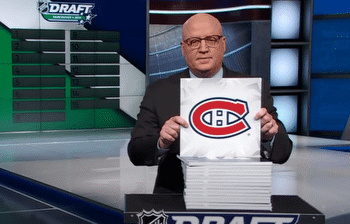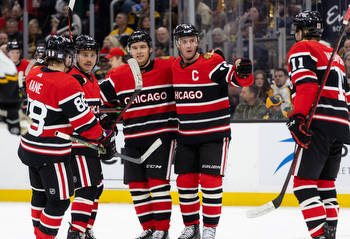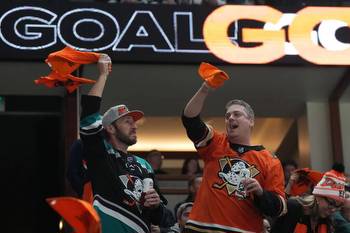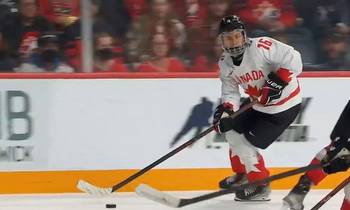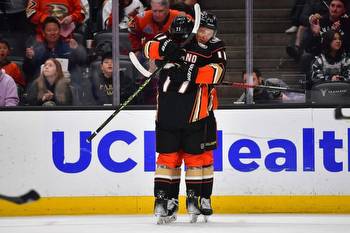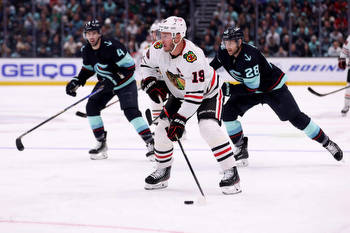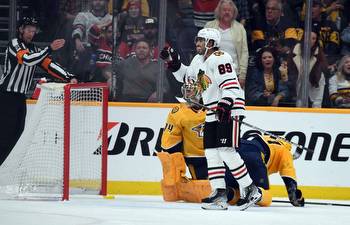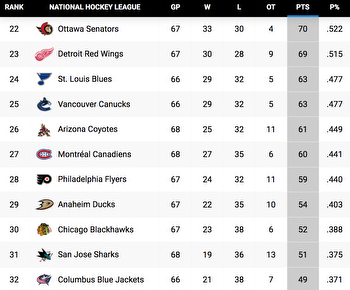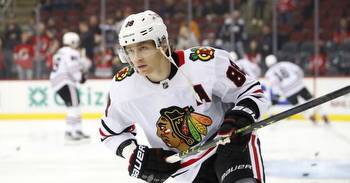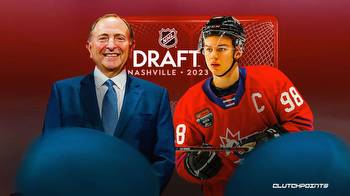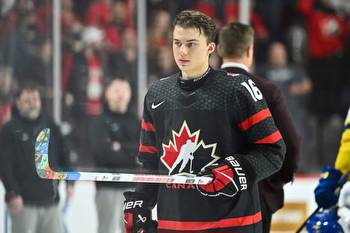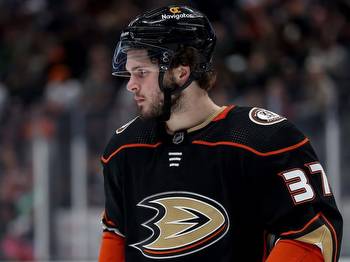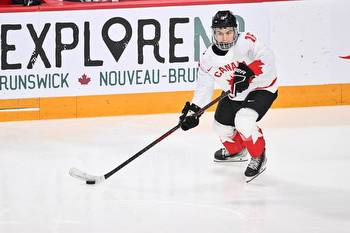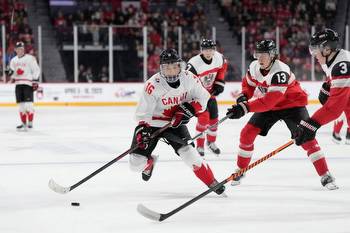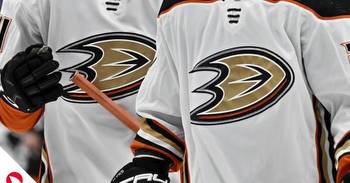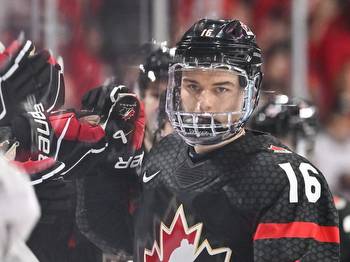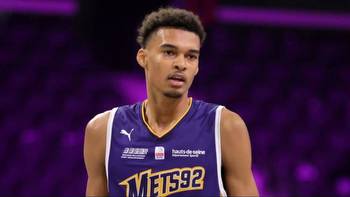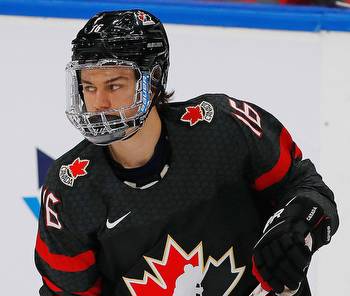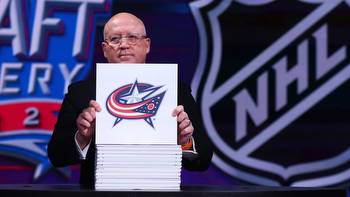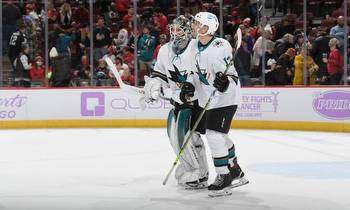Betting lines reveal why NHL ratings are plummeting
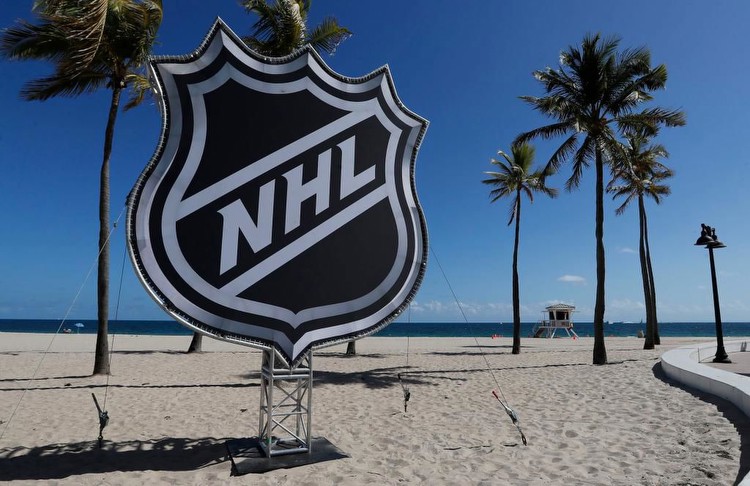
Anybody who has been watching the NHL for more than a few seasons knows that the game has changed. Scoring is up, save percentages are down, and power-play percentages are as high as they’ve been in 40 years. There’s really no arguing that the league is more skilled now than it ever has been, and yet ratings and interest seem to be trending in the wrong direction.
At the All-Star break, Austin Karp of the Sports Business Journal reported that NHL U.S. TV national viewership is down 22 percent this season and that, to that point, games on ESPN/TNT had averaged 373,000 viewers, compared to 478,000 in 2021-22.
There are plenty of salient arguments to be made as to why ratings and interest seem down in a season when scoring and comebacks are soaring, but perhaps the one that nobody wants to admit may be the driving force behind all of this is that tanking has become endemic in the NHL.
Over the past few seasons, the NHL has been a competition of “haves and have-nots.” In other words, half the teams in the circuit seem to be actively trying to win, while the other half are tanking. And the gap between the camps is as wide as it ever has been. Perhaps the best way to illuminate the issue is with, of all things, the betting market.
This problem is not unique to the NHL, of course. We’ve normalized tanking across every major North American sport, but tanking to this extreme is a new phenomenon in hockey.
That’s a problem for a league that prides itself on parity and an ethos that any team can beat any other team on any given night.
According to Action Labs, there have been 596 NHL games since 2005-06 that featured a team that closed at -300 or higher. That averages out to about 33 per season, or 2.5 percent of all NHL games that have taken place since the league came back from the 2004-05 lockout.
Why choose -300 as the benchmark? Because a team that closes at -300 has an implied win probability of right around 75 percent. In other words, if you’re betting on a team that’s -300 to win a game, it’s because you think they would win that game more than 75 percent of the time. That seems like a fair benchmark to call a game a “mismatch.”
For a long time, the NHL had very few mismatches. From 2005-06 to 2019-20, there were 338 games with a favorite of at least -300. That averages out to about 1.9 percent of contests, or around 23 games per campaign.
In that time frame, the most mismatches in a single season were 78 in 2005-06. The following season had 71. The next two had seven each. Over the next decade, the number of mismatches ticked up from what we saw from 2007-09, but it was nothing like we’re seeing in the post-pandemic era.
The 2021-22 season was the first year for the Seattle Kraken, meaning there were 32 teams playing a total of 1,312 games. Of those games, there were a whopping 134 “mismatches.” That’s more than 10 percent.
Betting on the NHL?
And that’s not the only issue with how things are trending. If there are so many games that feature huge favorites because there are a lot of bad teams, it also means there are going to be a lot of meaningless games between bad teams. From November to April in 2021-22, there were 970 total games played in the NHL, and 184 of them were played between two squads that had won fewer than 50 percent of their games. That’s roughly 19 percent.
In other words, on a night with 10 NHL games, there likely would be at least one mismatch then two “meaningless” tilts between bad teams. And with the way the NHL sets up its nightly schedule, which is usually heavy on 7 p.m. starts, then a slew of 9:30 or 10 p.m. puck-drops, it means there could have been a night in which an entire time slot was filled with terrible games.
That’s not how to grow the game, but at the same time, it’s hard to blame those franchises for going this route. The system is broken, and hockey clubs are doing their best to succeed within it.
This spring, one team will win the right to draft generational talent Connor Bedard and change the fortunes of its franchise. The teams that miss on Bedard will also get terrific prospects in what is considered the deepest draft since 2015. But the tank-a-thon becoming a normalized-bordering-on-celebrated phenomenon is not a good thing for the health of the game, and it’s showing this season. That has changed. And it sucks.
For a long time, it looked as if the NHL was the outlier in this whole ordeal. The league had plenty of flaws, but for the most part, most clubs (with a few exceptions, of course) tried to win games, rather than lose on purpose to get the best odds in a draft lottery.

